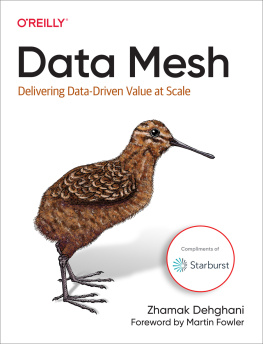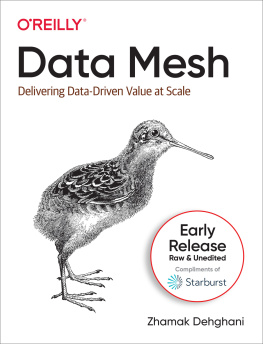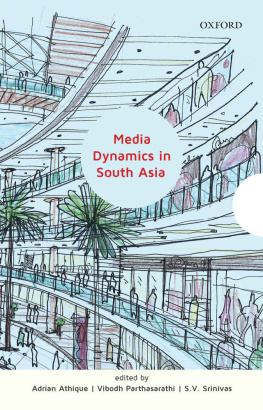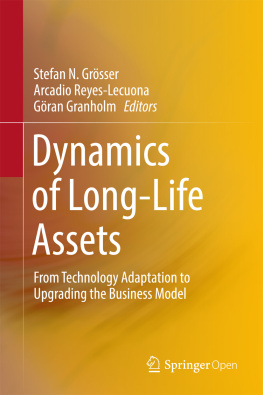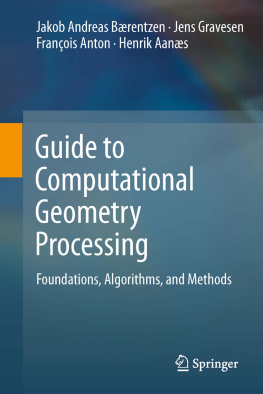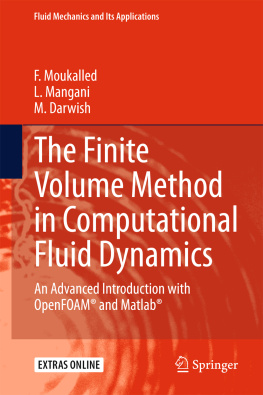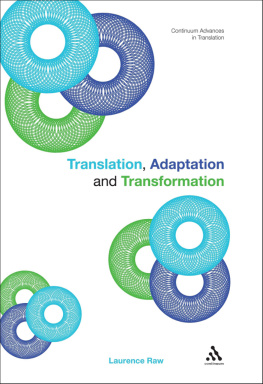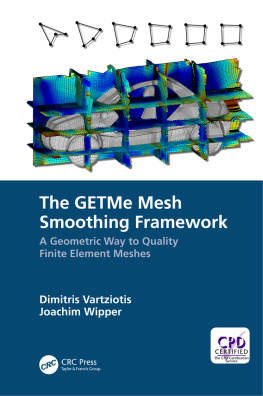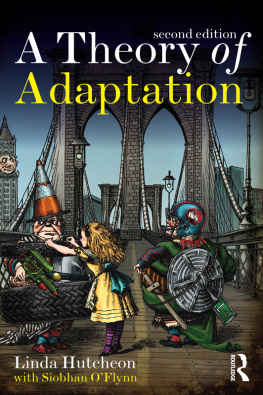First published 2022 in Great Britain and the United States by ISTE Ltd and John Wiley & Sons, Inc.
Any opinions, findings, and conclusions or recommendations expressed in this material are those of the author(s), contributor(s) or editor(s) and do not necessarily reflect the views of ISTE Group.
Acknowledgments
This book presents many theoretical and numerical accomplishments performed in collaboration with the following researchers:
Rmi Abgrall, Olivier Allain, Francoise Angrand, Paul Arminjon, Nicolas Barral, Anca Belme, Fayssal Benkhaldoun, Francois Beux, Gautier Brthes, Vronique Billey, Alexandre Carabias, Romuald Carpentier, Giles Carr, Yves Coudire, Francois Courty, Didier Chargy, Paul-Henri Cournde, Christophe Debiez, Jean-Antoine Desideri, Grard Fernandez, Loula Fezoui, Jrme Francescatto, Loic Frazza, Pascal Frey, Paul-Louis George, Aurlien Goudjo, Nicolas Gourvitch, Damien Gugan, Herv Guillard, Emmanuelle Itam, Marie-Hlne Lallemand, Stphane Lanteri, Bernard Larrouturou, Anne-Ccile Lesage, David Leservoisier, Francoise Loriot, Mark Loriot, Laurent Loth, Nathalie Marco, Katherine Mer, Victorien Menier, Bijan Mohammadi, Eric Morano, Boniface Nkonga, Graldine Olivier, Bernadette Palmerio, Gilbert Rog, Bastien Sauvage, ric Schall, Herv Stve, Bruno Stoufflet, Francois Thomasset, Julien Vanharen, Ganesan Vijayasundaram, Ccile Viozat and Stephen Wornom; we also want to apologize to the people we forgot to mention.
Also we want to acknowledge our friends of INRIA and Lemma, and in particular Charles Leca, Olivier Allain, Nathalie and Philippe Boh, for their support. INRIA provided excellent conditions for research and writing of this book to the first three authors. Lemma permitted a rapid industrialization of our mesh adaptation methods.
The first author thanks his advisers, Jean Ca, Roland Glowinski and many thanks also to Charbel Farhat, Jacques Priaux and Roger Peyret.
This study is supported by fp6 and fp7 European progams (AEROSHAPE, HISAC, NODESIM, UMRIDA). The authors and their coworkers were granted access to the HPC resources of CINES/IDRIS under allocations made by GENCI (Grand Equipement National de Calcul Intensif).
Introduction
Numerical simulation is a central tool in the design of new human artifacts. This is particularly true in the present decades due to the difficult challenge of climate evolution. Yet recently climatic constraints were simply translated into the need for further progress in reducing pollution, a big job, in particular for specialists of numerical simulation. Today, it is likely that the use of numerical simulation, and particularly computational mechanics, will be central to the study of a new generation of human artefacts related to energy and transport. Fortunately, these new constraints are contemporary with the rise of a remarkable maturity of numerical simulation methods. One sign of this maturity is the flourishing of mesh adaptation. Indeed, mesh adaptation is now able to solve in a seamless way the deviation between theoretical physics and numerical physics, managed by the computer after discretization. A practical manifestation of this is that the engineer is freed from taking care of the mesh(es) needed for analysis and design. A second effect of mesh adaptation is an important reduction of energy consumption in computations, which will be amplified by the use of so-called higher order approximations. Mesh adaptation is thus the source of a new generation of more powerful numerical tools. This revolution will affect a generation of conceptualizers, numerical analysts and users, who are the engineers in design teams.
These books (Volumes 1 and 2) will be useful for researchers and engineers who work in computational mechanics, who deal with continuous media, and in particular who focus on computational fluid dynamics (CFD). They present novel mesh adaptation and mesh convergence methods developed over the last two decades, in part by the authors. They are expanded from a series of scientific articles, which are re-written, reorganized and completed in order to make the new content up-to-date, self-contained and more educational.
Let us describe in our own way the central role of meshes in the numerical simulation process, making it possible to compute a prediction of a physical phenomenon. In short, real-life mechanics consists of molecules and their interactions. The notion of continuous medium helps to transform a large but finitely complex system into a infinitely but smoothly complex system. For example, the understanding of gas flow relies today on the kinetic gas theory, which says that a gas is made up of a large number of molecules. We imagine the molecules as balls (monoatomic gas), but this is only a model for our imagination. We next consider that these balls are playing some sort of 3D billiard and that, if we are lucky, a continuum model describing the macroscopic behavior is a representative mean of the individual behaviors. In a similar manner, solids consist of a large number of molecules interacting with each other and can be modeled as continuum media. Then the history of our billions of molecules is transformed into a continuous medium. Strictly speaking, the amount of information has gone from very large to infinitely large! But we have an extra assumption: the infinitely complex functions that describe the continuous medium are smooth almost everywhere because there exists a small scale such that even smaller scales behave in an expected way (predictable by interpolation, for example) except for some error that is very small.
This assumption allows us many mathematical strategies:


